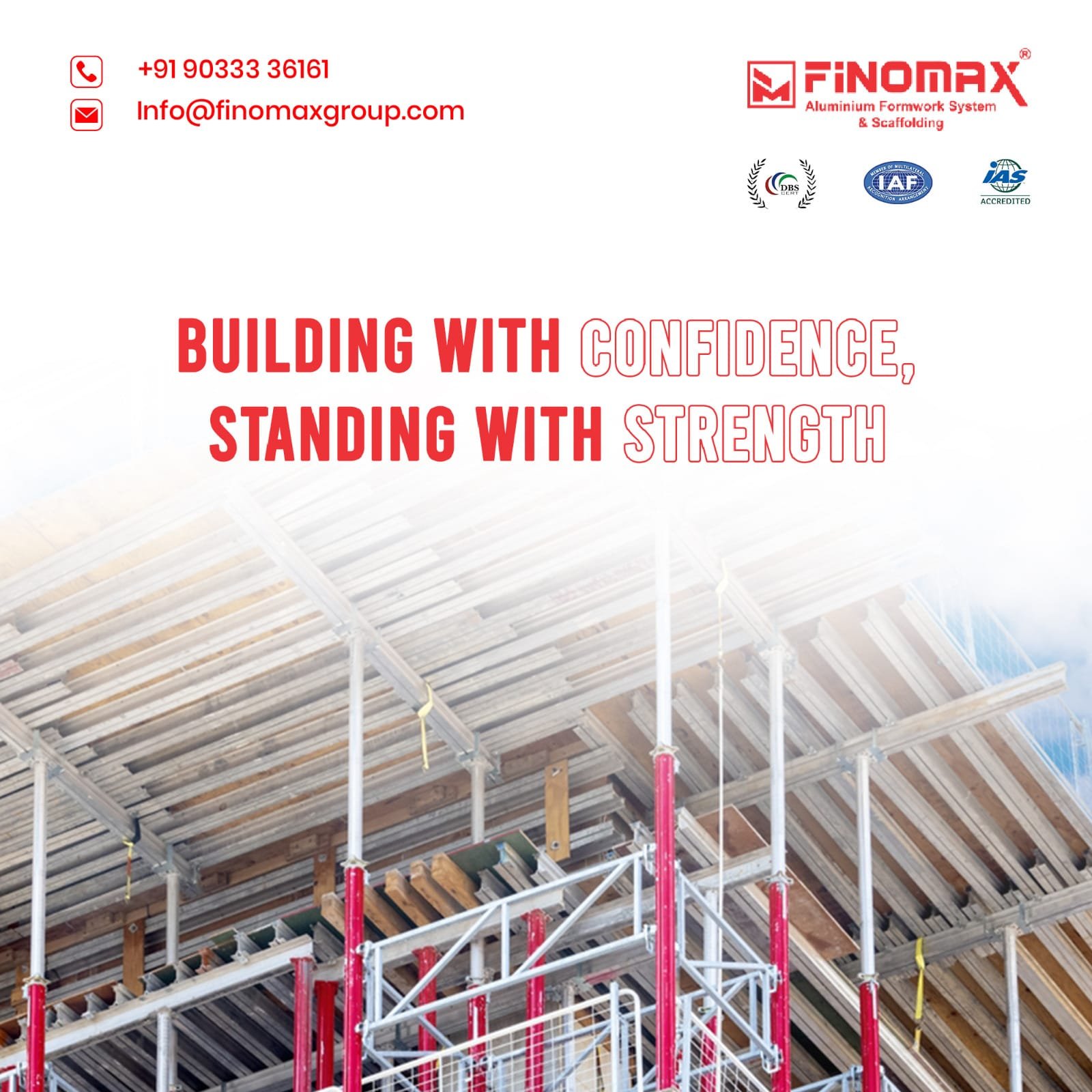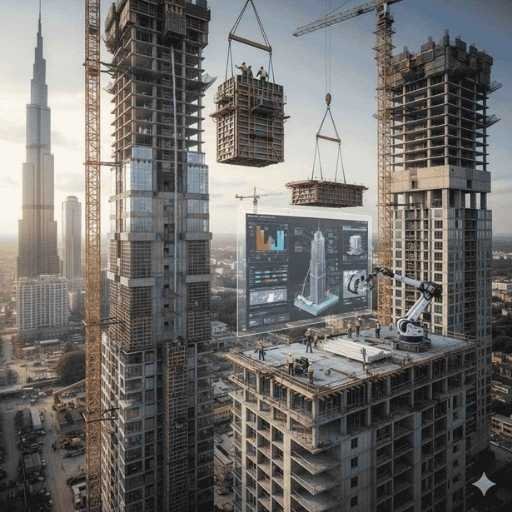Formwork is considered the best choice for modern construction because it directly supports the industry’s need for speed, precision, safety, and cost efficiency. Unlike traditional methods, modern formwork systems—especially aluminium formwork—are designed for repetitive use, accurate dimensions, and faster project cycles.
Speed & Efficiency – Enables quicker casting of walls, slabs, and beams, reducing overall construction timelines.
High Quality Finish – Delivers smooth concrete surfaces with minimal plastering and rework.
Reusability & Cost Savings – Aluminium formwork panels can be reused hundreds of times, lowering long-term costs.
Structural Accuracy – Ensures proper alignment, uniformity, and durability of the structure.
Safety & Sustainability – Provides safer working conditions and reduces dependency on timber, making it eco-friendly.
Ideal for Mass Housing & High-Rise Projects – Perfect for India’s growing need for affordable and rapid urban development.
In short, formwork isn’t just a construction tool—it’s a strategic investment that meets the demands of modern, large-scale, and fast-paced projects.
FAQs
Q1. Why is formwork important in modern construction?
Formwork provides the mould for concrete, ensuring accurate shape, strength, and a high-quality finish while speeding up construction.
Q2. What makes aluminium formwork better than traditional methods?
Aluminium formwork is lightweight, reusable up to 200–300 times, delivers smooth finishes, and reduces both time and labour costs.
Q3. Is formwork cost-effective for all types of projects?
Yes, especially for high-rise and mass housing projects where repetitive use makes it highly economical compared to conventional methods.
Types of Formwork for High-Rise Buildings
1. Timber Formwork
- Traditional and cost-effective for small projects.
- Easy to build on-site but not durable for repetitive use.
- Less suitable for high-rise due to time and labour demands.
2. Plywood Formwork
- Made from resin-bonded plywood sheets supported by timber/steel.
- Provides smoother finish than timber alone.
- Moderate reusability but not ideal for very tall structures.
3. Steel Formwork
- Strong, durable, and reusable many times.
- Provides excellent surface finish.
- Heavy and requires cranes for handling, making it costlier for high-rise projects.
4. Aluminium Formwork (Mivan System)
- Lightweight, easy to handle, and highly reusable (up to 200–300 times).
- Ideal for high-rise and mass housing projects.
- Offers speed, accuracy, and uniform quality across floors.
5. Plastic Formwork
- Modular, lightweight panels (often interlocking).
- Good for repetitive structures like mass housing.
- Limited strength compared to steel/aluminium.
6. Climbing Formwork (Jump Form / Slip Form)
- Specialised systems designed for vertical structures in high-rise construction.
- Moves upward as the building progresses, ideal for cores, lift shafts, and towers.
- Minimises crane time and speeds up vertical casting.






